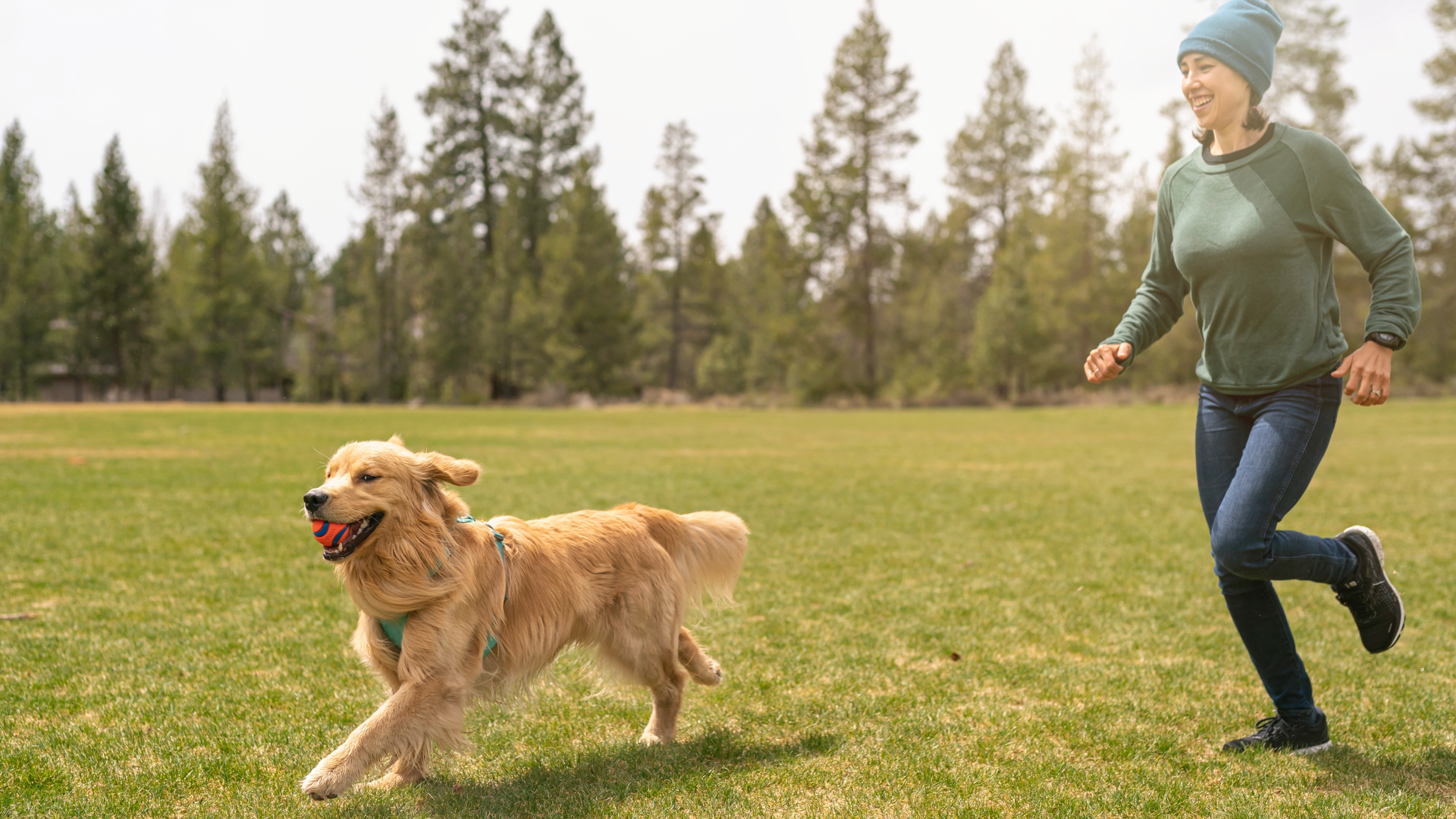
If your dog shows signs of aggression or reactive behavior, you might be reluctant to take them out in public, particularly to dog parks or places where other dogs might be.
While this is part of being a responsible dog parent, and keeping your own pup safe as well as other dogs, your canine still needs exercise. If you want to know how to tackle dog aggression by training your dog outside, you’re in the right place!
In a recent Instagram post, dog trainer Ruben Montes – who’s also the owner of Kindred Dog PDX in Portland, Oregon, has explained how, and where, you can exercise your aggressive or reactive dog. It’s really insightful — we hadn’t considered the second tip before!
“It’s no question that trying to figure out how to give your reactive or aggressive dog the stimulation they need can be challenging,” Montes begins in the caption.
“As owners of these dogs, we need to be hyper-vigilant when out. You never know when someone’s ‘It’s ok, she’s friendly’ dog may just come running up to you. However, there are alternatives to the dog park or other areas where other dogs may be.”
1. Find a school field: Montes explains that, as most people head to the park instead, school fields are often underutilized, so it might only be you and your pup there. If a local school lets the public have access to their field outside of school hours, why not head down with your dog?
“Throw a long line on them and let them explore while practicing their skills,” Montes recommends.
2. Play with them in a parking lot: “Parking lots can be another great place to train” he continues. He says that they offer plenty of new and exciting sights, smells, and sounds to stimulate your dog’s senses. So, getting your dog to engage with you in a parking lot can help to build their focus in new areas.
3. Work them out front: If you have space out the front of your house, this can be a great place to exercise your dog. “Don’t underestimate the power of drilling your dog’s obedience skills out front,” says Montes.
“This helps them learn to focus and follow direction,” he continues, explaining that you’ll be strengthening your dog’s skills while also giving your dog a physical and mental workout.
Montes says about these three places, “They will help you build your skills and confidence when out with your dog. Because while we can’t always guarantee that a dog won’t show up, these can be natural buffers (because people aren’t typically letting their dogs off leash in these areas) that can actually help you work through the problem at a safe distance.”
So, why not take your reactive pup to one of these places, and see how you get on? And in the meantime, you might find this article about one of our own writer’s experiences with her reactive dog helpful: Owning a reactive dog is hard. Here's how I navigated the social challenges with my pooch.







